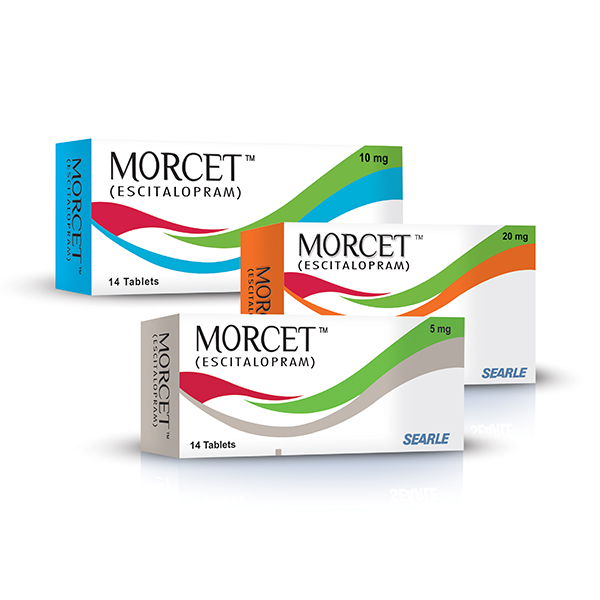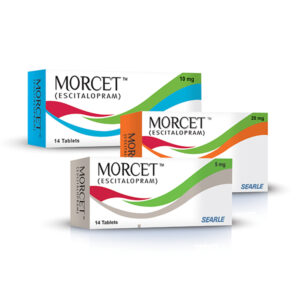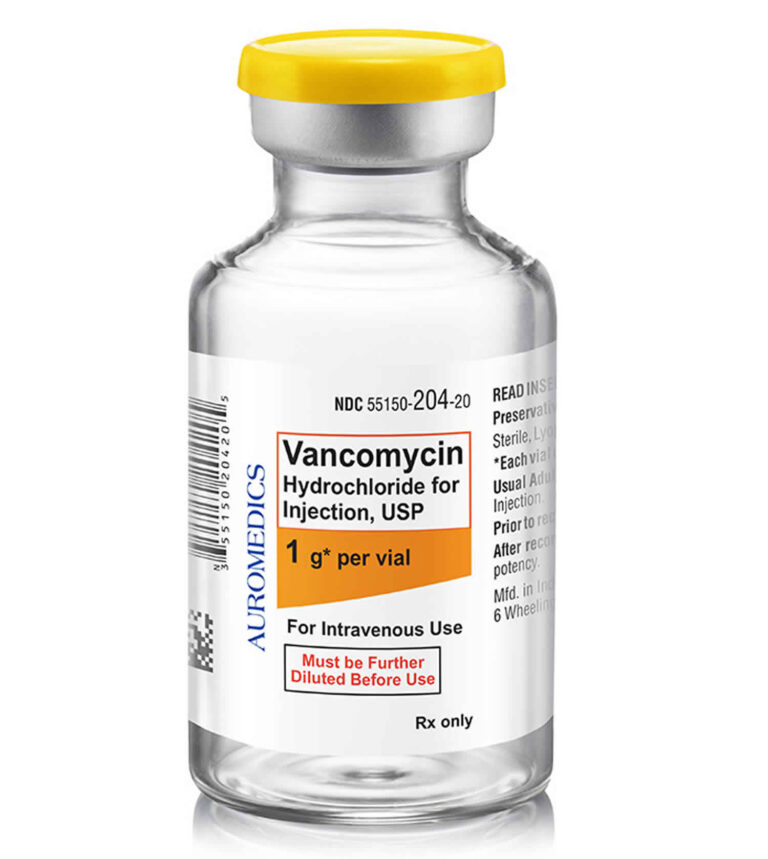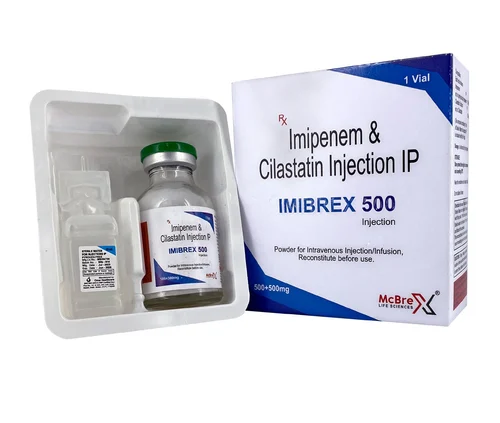
Escitalopram is a commonly prescribed medication used to treat various mood disorders. Known as a selective serotonin reuptake inhibitor (SSRI), it is primarily prescribed for the treatment of depression, anxiety disorders, and panic disorders. This article explores the drug’s mechanisms, uses, side effects, popular brands, and dosage information.
What is Escitalopram?
Escitalopram is an antidepressant medication that works by increasing the levels of serotonin, a neurotransmitter in the brain. Serotonin plays a key role in regulating mood, emotions, and sleep. By preventing the reuptake of serotonin, escitalopram helps enhance mood and reduce symptoms of anxiety and depression.
Mechanism of Action
Escitalopram is classified as an SSRI. It selectively inhibits the reuptake of serotonin into the presynaptic neuron, increasing serotonin availability in the synaptic cleft. This, in turn, promotes a more balanced mood and emotional stability.
Indications for Use of Escitalopram
Escitalopram is prescribed for several mental health conditions, including:
- Major Depressive Disorder (MDD): It is used to treat moderate to severe depression.
- Generalized Anxiety Disorder (GAD): It helps reduce symptoms such as excessive worry and tension.
- Panic Disorder: Escitalopram alleviates the frequency and intensity of panic attacks.
- Obsessive-Compulsive Disorder (OCD): It can be used to help manage OCD symptoms, though it is off-label.
Dosage and Administration
Escitalopram is typically available in oral tablet form. The medication is generally taken once each day, either with food or on an empty stomach. The usual starting dose for adults is 10 mg per day, which may be increased to a maximum of 20 mg per day depending on the individual’s response and tolerance.
For older age patients or those with liver problems, lower doses may be recommended.
Standard Dosage Guidelines
| Condition | Initial Dose | Maximum Dose |
| Major Depressive Disorder | 10 mg/day | 20 mg/day |
| Generalized Anxiety Disorder | 10 mg/day | 20 mg/day |
| Panic Disorder | 10 mg/day | 20 mg/day |
| Obsessive-Compulsive Disorder | 10 mg/day | 20 mg/day |
Side Effects of Escitalopram
Similar to other medications, escitalopram has the potential to produce side effects, but it is important to note that these do not occur in every patient. Common side effects include:
- Gastrointestinal Issues: Nausea, diarrhea, or dry mouth.
- Central Nervous System: Drowsiness, dizziness, insomnia, and headaches.
- Sexual Dysfunction: Diminished sexual interest, extended latency in reaching orgasm, and erectile dysfunction.
- Weight Changes: Weight gain or loss may occur in some patients.
- Serotonin Syndrome: A rare but serious condition characterized by agitation, fever, rapid heart rate, and muscle stiffness. This requires immediate medical attention.
Precautions and Warnings
Before taking escitalopram, patients should inform their healthcare provider if they have any of the following conditions:
- History of Bipolar Disorder: SSRIs may trigger manic episodes.
- Liver or Kidney Disease: Dose adjustments may be required.
- Pregnancy and Breastfeeding: Escitalopram should be used during pregnancy only if absolutely necessary. It can pass into breast milk, so breastfeeding mothers should consult their doctor before using it.
- Risk of Suicide: As with other antidepressants, escitalopram may pose an increased risk of suicidal thoughts in children, adolescents, and young adults.
Drug Interactions
Escitalopram can interact with other medications, which may increase the risk of side effects or reduce the effectiveness of treatment. Some key interactions include:
- Monoamine Oxidase Inhibitors (MAOIs): Using escitalopram with MAOIs can cause a dangerous condition called serotonin syndrome.
- Anticoagulants (Warfarin): Escitalopram may increase the risk of bleeding.
- Other SSRIs or SNRIs: Combining escitalopram with other serotonin-affecting drugs can increase the risk of serotonin syndrome.
Always inform your doctor about all the medications you are taking before starting escitalopram.
Popular Brands of Escitalopram
Escitalopram is marketed under various brand names across different regions. Below is a table listing some popular brands and their specifications.
| Brand Name | Strengths Available | Manufacturer | Country of Origin |
| Lexapro | 5 mg, 10 mg, 20 mg | Forest Laboratories | United States |
| Cipralex | 5 mg, 10 mg, 20 mg | Lundbeck | Denmark |
| Eliopram | 10 mg, 20 mg | Eli Lilly and Co. | United States |
| Escitalopram Accord | 10 mg, 20 mg | Accord Healthcare | United Kingdom |
| Sandoz Escitalopram | 10 mg, 20 mg | Sandoz | Switzerland |
| Escitam | 10 mg, 20 mg | Mylan | India |
| Morcet | 5mg, 10mg,20mg | Searle | Pakistan |
These brands generally offer similar efficacy and safety profiles, although some variations may exist in terms of excipients, formulation, and pricing.
Conclusion
Escitalopram is an effective and widely used antidepressant that helps improve the quality of life for individuals struggling with mood disorders. It works by enhancing serotonin levels in the brain, offering relief from conditions such as depression and anxiety. However, like all medications, it must be used cautiously under the supervision of a healthcare provider to minimize side effects and avoid dangerous interactions. Always follow prescribed dosages and consult a doctor regularly to ensure optimal treatment outcomes.
Hence, incorporating this drug into treatment regimens has proven effective for many, but it is important to monitor progress and adjust treatment as necessary. If you or a loved one is considering escitalopram, make sure to discuss the potential benefits and risks with a healthcare provider.




